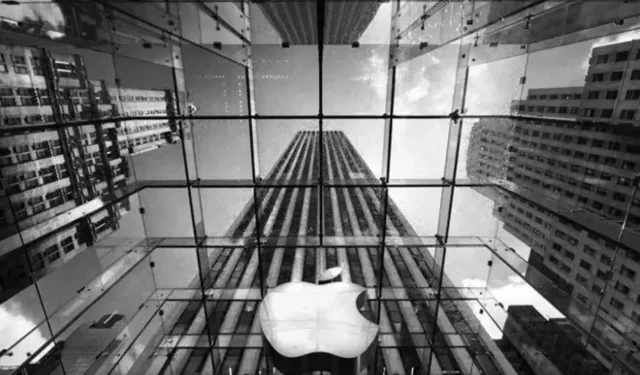Apple’s mixed reality headset was scheduled to be unveiled at the Steve Jobs Theater in front of the company’s top management. Great potential, but very vague.
Apple is said to have shown off its long-awaited mixed reality headset to its highest-level executives months ahead of a possible official reveal during next June’s Developers Conference. “These demonstrations were controlled, vibrant and exciting,” Bloomberg reporter Mark Gurman said in his PowerOn newsletter. It wouldn’t be the first demonstration of this product by Cupertino executives, but the one we’re interested in today would have taken place at the Steve Jobs Theater, which hosts annual product launch events.
Presentation at the Steve Jobs Theater to the top management of the company.
There are very few details about the content of the presentation itself, but the report claims that a significant number of the American giant’s executives were undecided about this expensive bet on an experimental product and some of the team members who tested the mixed reality headset. I find the design rather awkward. Other less important issues would also be raised, such as the relatively small variety of media content supported, the lack of apps that would truly make it a must-buy for enthusiasts, and the apparently high public price.
Great potential but very vague
This highly anticipated headset should be the most technically advanced product on the market, surpassing the work done by Meta and Microsoft on products such as the Quest Pro and other Holo Lens, respectively. Rumor has it that this headset could be called Reality Pro or Reality One, and its custom operating system, xrOS or realityOS, will borrow heavily from the iOS mobile experience. While consumption of immersive content is the culmination of this new experience, according to several leaks on the subject, the Cupertino-based company may even allow users to create their own augmented reality apps using the Siri virtual assistant.
The headset will also feature an M-series chip similar to those found in computers, and more than a dozen cameras will provide unprecedented inside-out motion tracking. That being said, all that processing power will also have a big impact on the headset’s battery life, which is rumored to only last a couple of short hours on a single charge with the included battery. Meanwhile, the asking price should also be difficult, with several sources suggesting this ambitious headset will cost around $3,000 a piece.


